
What’s scarier for Canadian communities — floods, or flood maps?
When maps showing areas most likely to flood are outdated, it puts people and property...
After years of fighting to protect the Sacred Headwaters, the birthplace of the Stikine, Nass and Skeena rivers in northwest B.C., members of the Tahltan Nation gathered on the land to prepare for a meeting with mining company executives. The nation had just passed a unanimous resolution to protect the area from developments like a proposed open-pit coal mine that, if built, could cause irreparable damage to the watershed. Elders, matriarchs and community members were sitting around a fire, cooking moose meat and bannock, and planning what to say to the company. It was a serious conversation, but everyone cherished the opportunity to be together on the land.
“We were laughing and we were sharing and it just felt really good to be with everybody, to be with our people,” recalls Annita McPhee, who was president of the Tahltan Central Government at the time. “It reminded me, this is what’s important, this is what I want to keep doing, what I want our people to keep doing.”
She paused, remembering, and laughed as she added, “I really love eating moose meat.”
The proposed coal mine wasn’t the first threat to the Sacred Headwaters, also known as Klabona. The Tahltan Nation fought for nearly a decade to prevent Shell Canada from developing a 4,000-square-kilometre coalbed methane project, achieving success in 2012 when B.C. announced a permanent ban on oil and gas exploration on the territory. McPhee credits unity to the success of the Tahltan movement to protect Klabona from industrial development and said alliances between First Nations and conservation groups are key to ensuring Indigenous-led protection of land, water and wildlife.
McPhee, who has a degree in law and social work, served three terms as president of the Tahltan Central Government, earning several accolades for conservation and community work.
Last December, she became executive director of the B.C. chapter of the Canadian Parks and Wilderness Society. She is the first Indigenous executive director of a chapter of the 58-year-old charity.
The Narwhal spoke with McPhee about her new role and the importance of Indigenous leadership in conservation.
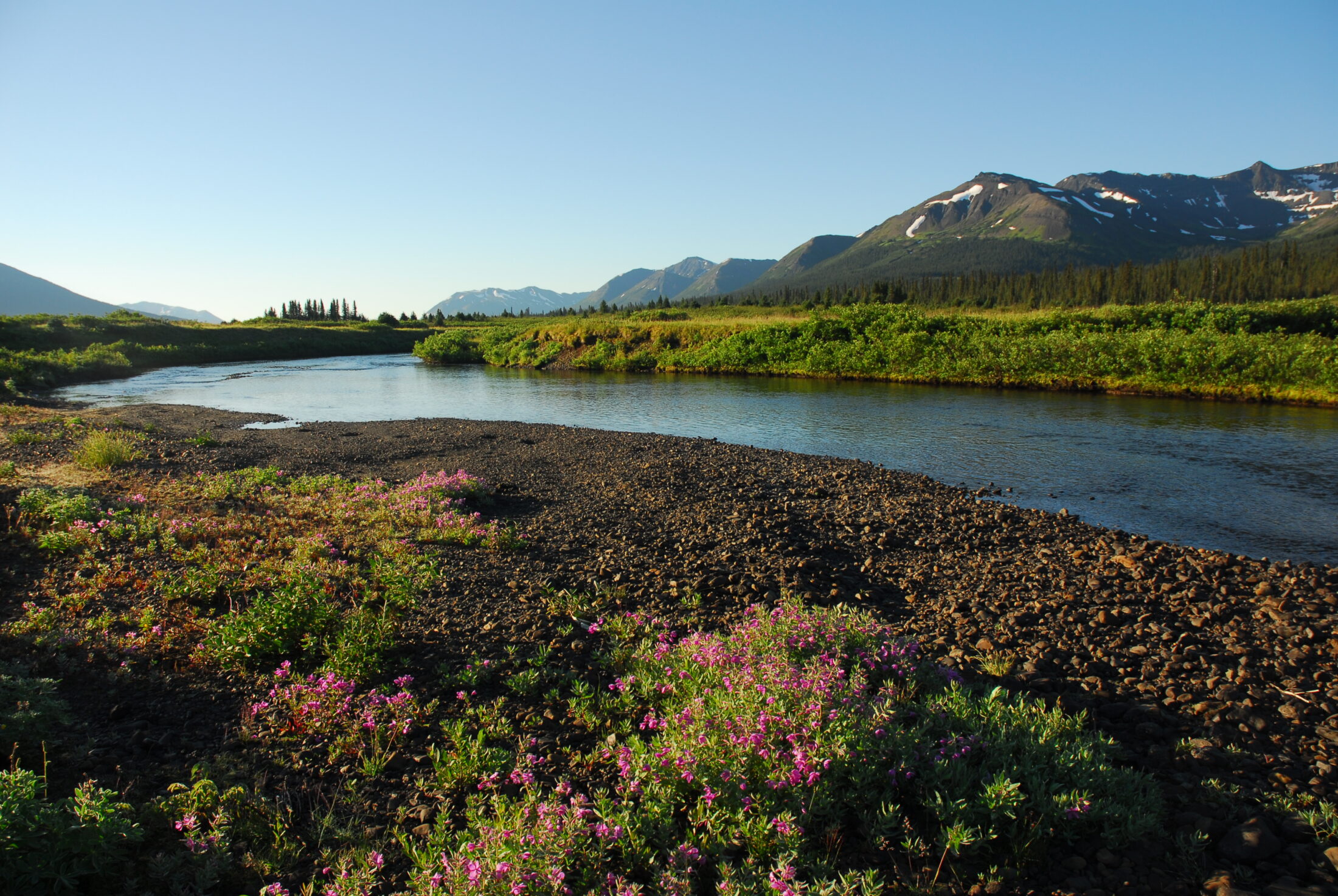
McPhee and her fellow members of the Tahltan Nation fought for years to protected the Sacred Headwaters, shown here, from industrial development. Photo: Brian Huntington
When my dad would go hunting and come back with a moose, my dad would say, “We don’t waste any of this. We will make sure we use everything on the moose. We use the hide to make clothes, we eat the meat.”
A lot of people would throw away the moose organs — we don’t waste that either, we eat them. That’s the way that we’ve been taught, that we don’t waste anything.
My dad always told me how important the land was to Tahltan people, and he taught me about Aboriginal Rights and Title at a very young age. He told me about how we are fighting for our land and how it’s always been our land.
I don’t take this position lightly. I really hope to be a bridge, a connection between environmental groups and the government and Indigenous people.
As Indigenous people, we’ve been protecting land and animals since time immemorial. We’ve been stewards of the land since time immemorial.
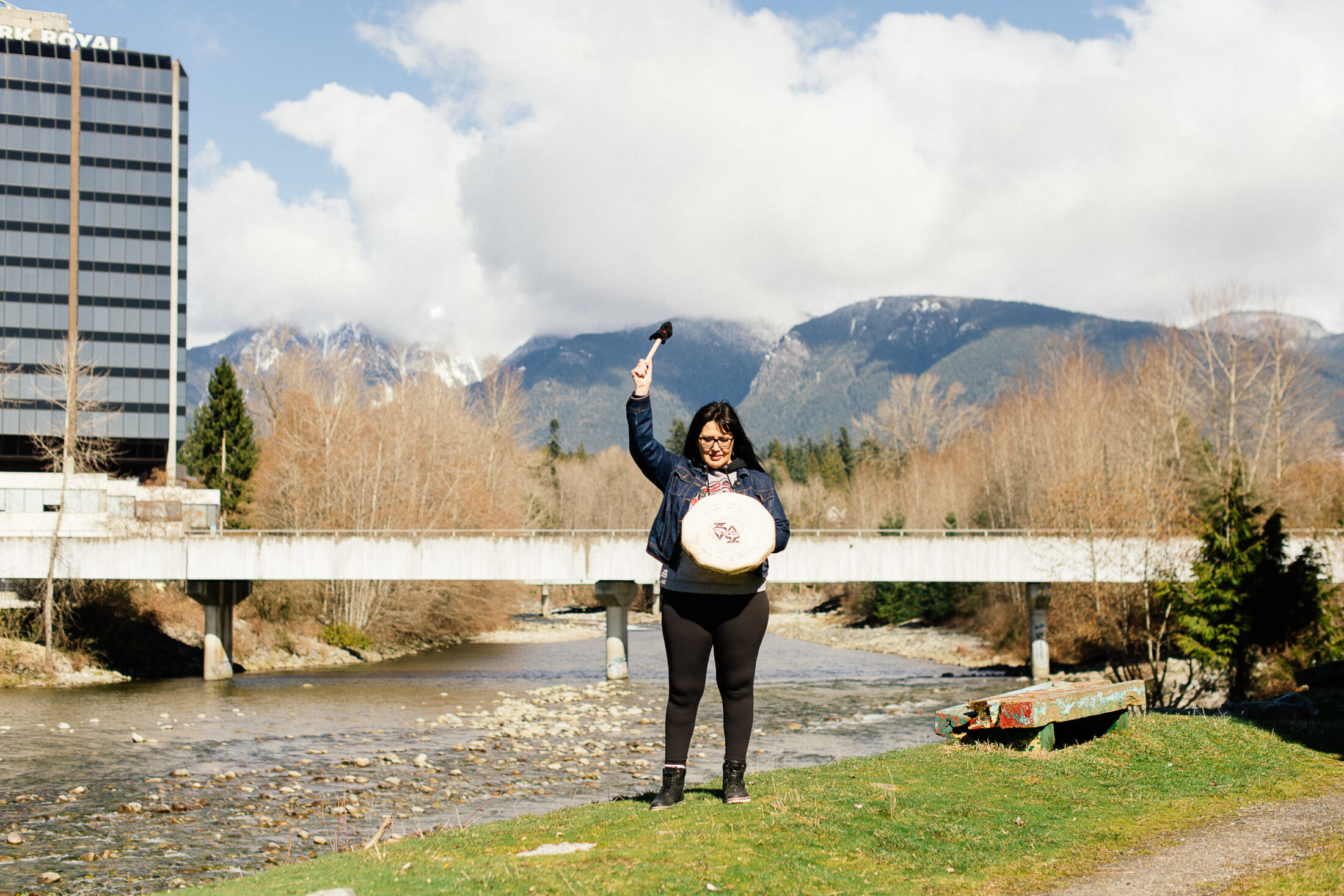
McPhee drums by the X̱wemelch’stn (Capilano River) in North Vancouver. Photo: Alana Paterson / The Narwhal
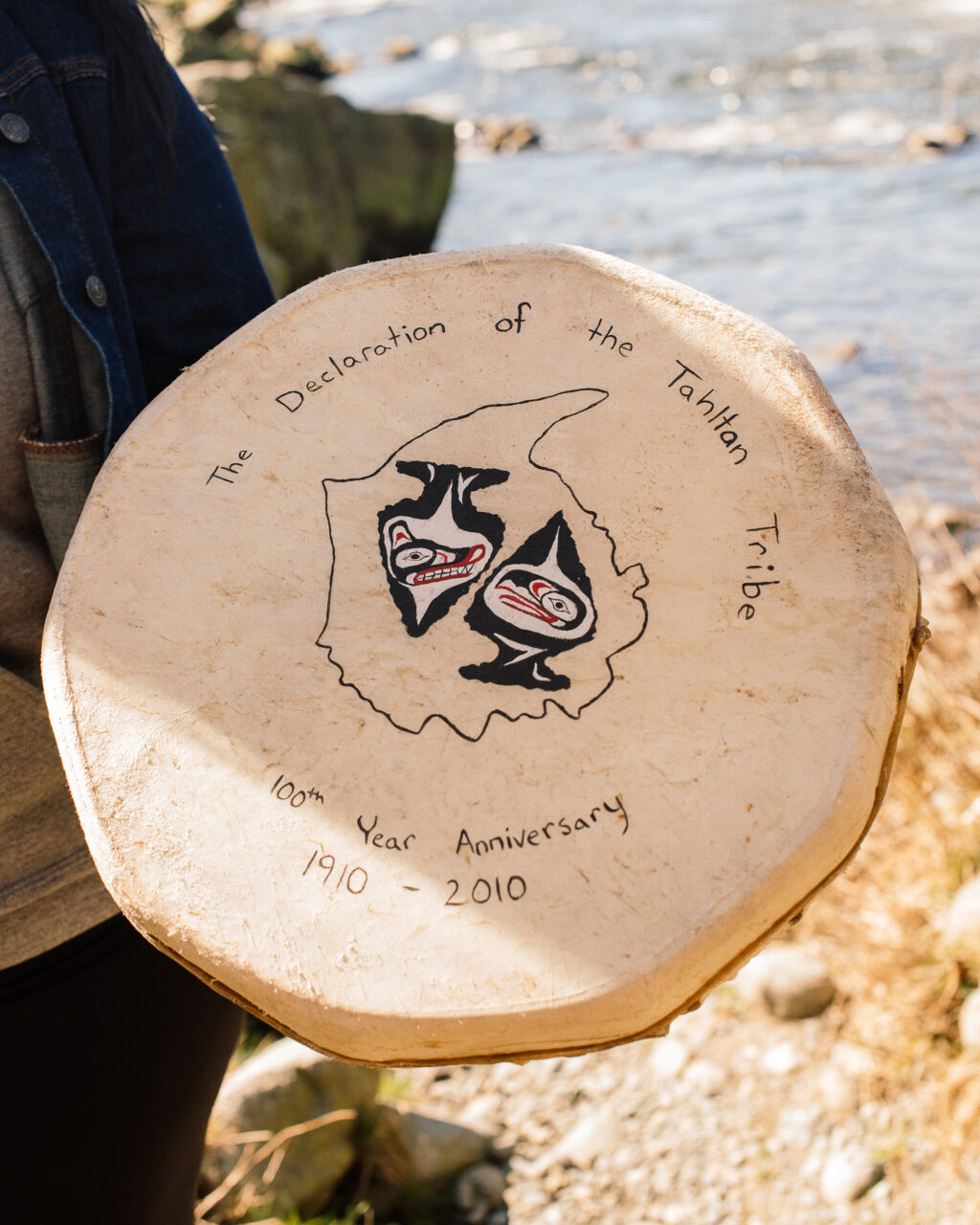
McPhee holds a drum that was given to her to commemorate the 100th anniversary of the Tahltan Nation informing the government that their territory was unceded. Photo: Alana Paterson / The Narwhal
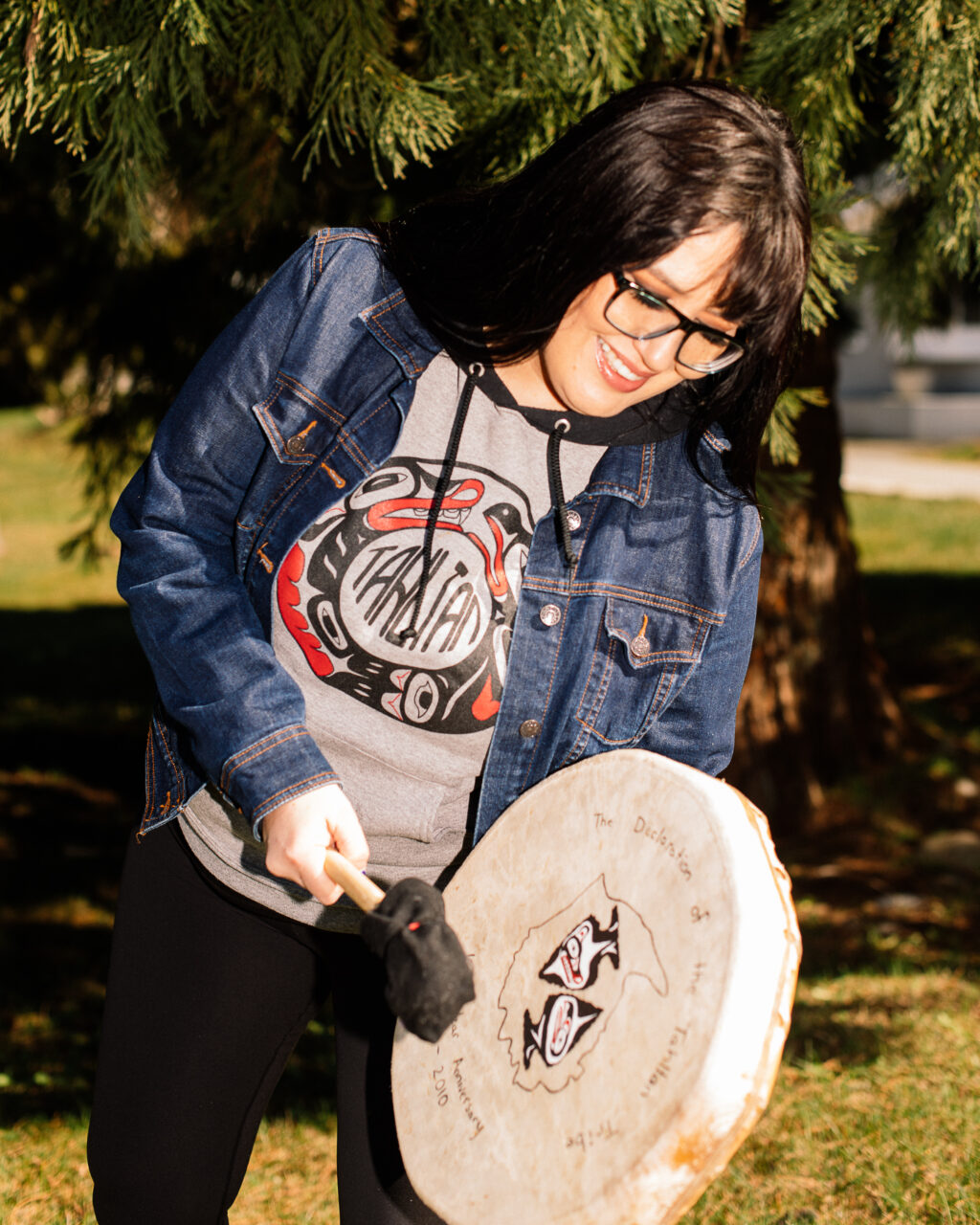
McPhee says alliances between First Nations and conservation groups are key to ensuring Indigenous-led protection of land, water and wildlife. Photo: Alana Paterson / The Narwhal
I’m really excited about this opportunity. I work with beautiful people who truly care about conservation — they care about the animals, they care about the ocean, they care about the land. I wanted to be here because I felt like their values align with [the values of] Indigenous people. I think through that alignment, in that collaboration, we’re going to be successful in protecting areas for generations to come. I honestly believe that.
For me, as an Indigenous woman leading a major environmental organization, I really hope to bring those voices out … that wouldn’t have been heard before.
We have to be more proactive in protecting our land and animals and I feel like I’m in an organization that helps to do that. It’s refreshing.
Our people, we know what we want to see. We know all of the sacred places on our land. Our Elders, they know where we pick berries, they know where places are really important for fishing camps. There’s places that we know that other people couldn’t know about, or know why [they’re] important to us.
Indigenous people are best suited to protect the land, or to know how to protect the land, because they’ve been living on this land, protecting this land, for thousands of years. That intimate knowledge is so valuable.
I think there is a narrative around conservation being colonialist, but I don’t believe that all conservation movements are like that. It’s true that sometimes conservation used to [be] a movement where protected areas would be [places] where nobody could utilize them.
But I feel hopeful and positive because that’s changing. And it’s going to change more over time. Before you couldn’t utilize it, now you’re able to hunt and fish in that area and at the same time keep industrial development out.
And I think there’s a genuine interest in working with Indigenous people and collaborating on Indigenous-led conservation. We all truly need to work together. We are in a deep biodiversity crisis, we’re in a water crisis, we’re in a climate crisis.
We really need to rely on Indigenous teachings in order to help protect these beautiful lands and waters.
The success of conservation can only be achieved through Indigenous consent. When we consider the United Nations Declaration on the Rights of Indigenous People, we must consider so many underlying factors such as jurisdiction and Rights and Title of Indigenous People. I honestly believe that protection cannot happen without First Nations participation.
And it’s not just consultation, it’s consent.
I want to ensure that First Nations are a partner or part of this process from the beginning. I’m really honoured that I’ve built a lot of valuable friendships and relationships and networks with Indigenous People across B.C. and across Canada. I’m hoping to bring that knowledge into CPAWS.
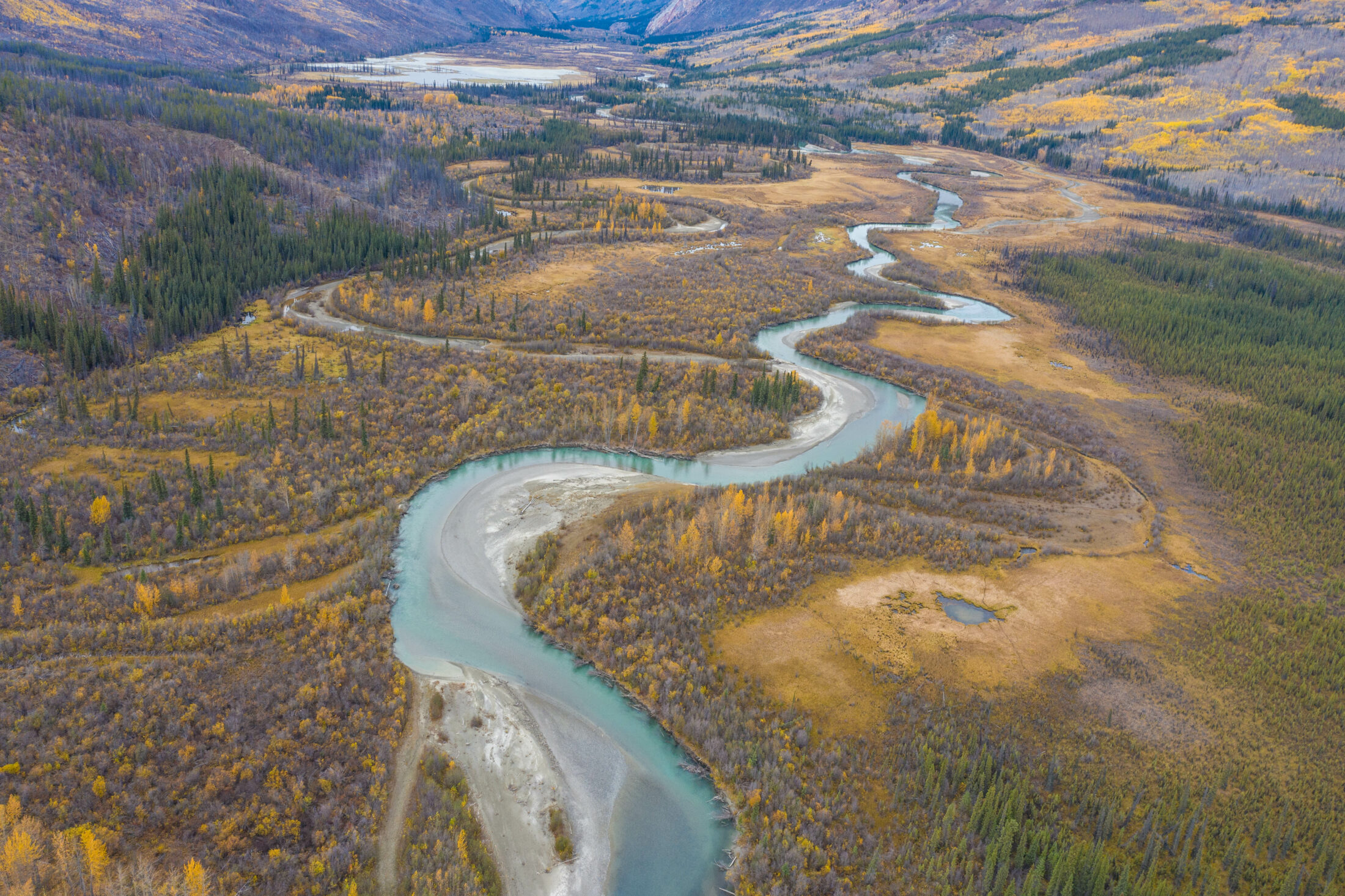
Tahltan territory is about 99 per cent wilderness. Industrial development is its biggest threat, according to McPhee. Photo: Adam Amir / Tahltan Central Government
My friend Chief Marie Quock would say, “I go up to the Klappan and it’s my spa.”
Every time I go back out there, it’s really healing for my heart and for my spirit. It brings me back to the connection [with] the land where I’m from. Anytime we can connect with our people and be out on the land, it’s such a beautiful feeling.
I just really like to see peace in people’s lives and also with our Earth. It’s always been a huge passion of mine to protect our spaces and places where we can find peace.
If all the industrial development were allowed to happen at one time, what would that look like? That’s my biggest concern.
I’m really concerned about our wild salmon, particularly sockeye. And I worry about the potential devastation to our rivers and the impact from mining.
I’m not anti-mining; I’m pro-salmon.
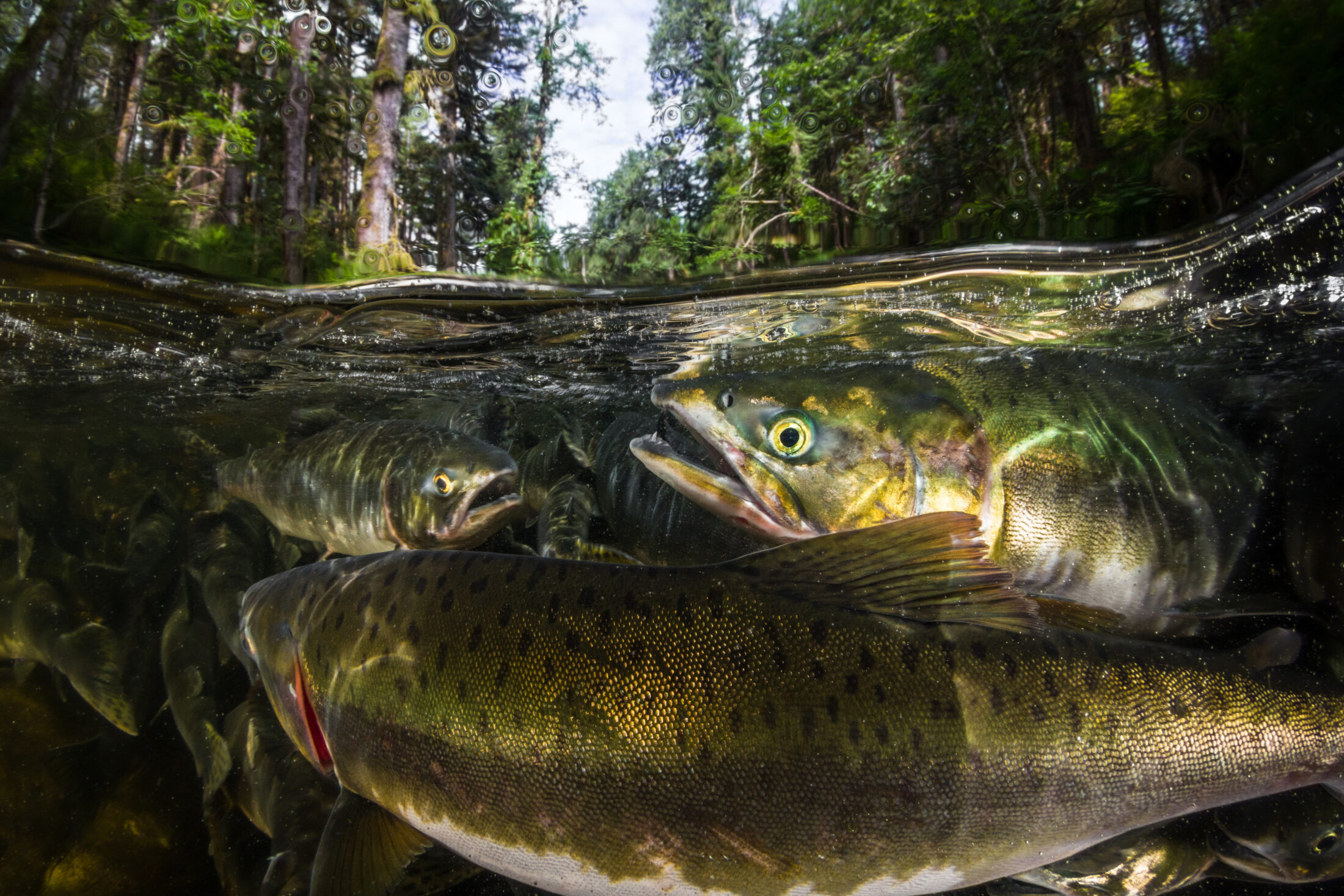
McPhee says the impact of industry on salmon is one of her main concerns. Photo: Ian McAllister
I think the most important thing is looking to the future as opposed to looking at what’s right in front of us right now. If we had all [the operating and proposed] mines going at once, it would benefit people economically but it would only be temporary. And what would happen afterwards, after everything’s developed and everything’s gone? What would we have left?
If there’s anything I could say about the experience of protecting the headwaters, [it’s that] it required a lot of balance. It required a lot of unity and trust amongst the people and also having alliances with NGOs and nations. It takes a lot of people and a lot of work to protect an area. There are many, many different layers.
Another thing I would say is you have to be patient. That’s difficult when you’re balancing economic interests and interests in the land and the water. What it really comes down to is a balance of values. What do we value?
The priority is to work with Indigenous People on Indigenous-led conservation. We want to connect with First Nations who have protected areas in their territories and to connect with Indigenous People where protected areas are planned in the coming years.
We need to really focus on coming together. We want to be able to have these conversations and to see protection where we’ve never seen protection. And hear the priorities of Indigenous people when it comes to protection, of course [also] working with the public and working with governments. But at the forefront, we want to work with Indigenous People because conservation in the future [is] impossible without working with Indigenous People. We need that collaboration.
And they know what the priorities are — they always have.
This interview has been condensed and edited for brevity and clarity.
Enbridge Gas will face Waterloo Region in a hearing before the Ontario Energy Board to renew an agreement that would allow the company to continue...
Continue reading
When maps showing areas most likely to flood are outdated, it puts people and property...

We’re suing the RCMP for arresting a journalist on assignment for The Narwhal. It’s an...

As glaciers in Western Canada retreat at an alarming rate, guides on the frontlines are...